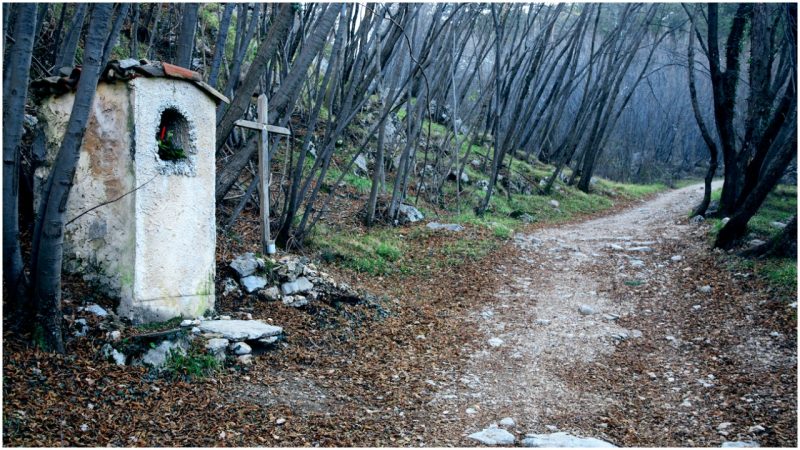With the fall of the Roman Empire, the church managed to extend its power and dominate the lives of both the peasants and the nobility in Europe. Christianity was the only religion recognized in the Middle Ages, and any religion outside Christianity was considered heretical.
During the Middle Ages, the Church was a major part of everyday life, and it became the only universal European institution. It influenced all aspects of European life and encouraged many people to perform extraordinary acts of devotion.
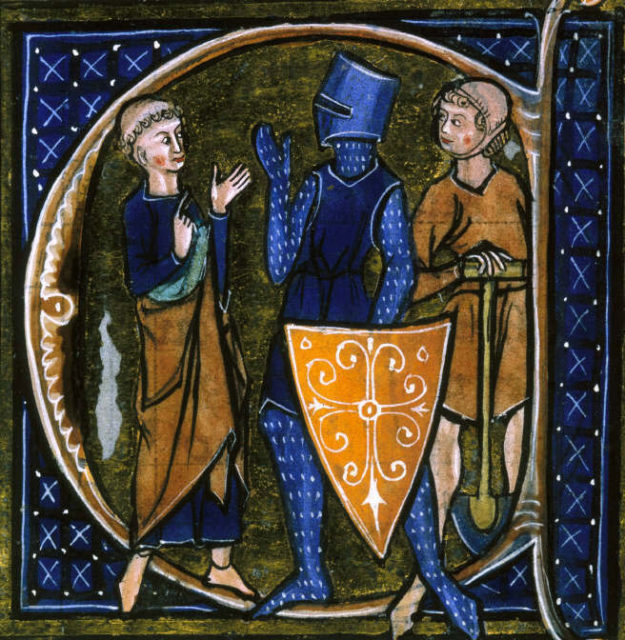
Among these acts of devotion to God, were the pilgrimages to special holy places called shrines. Pilgrimages are defined as journeys to holy places or shrines, undertaken as spiritual quests for supernatural help, and they were distinguished expressions of people’s piety.
Christian pilgrimages became a common thing during the Middle Ages since people believed that by going on a pilgrimage they might be forgiven their sins. Thus, a pilgrimage was considered an ultimate spiritual act. The most popular destinations for pilgrimages were Rome, Santiago de Compostela in Spain and the Holy Land notably Jerusalem, Bethlehem, and Nazareth.
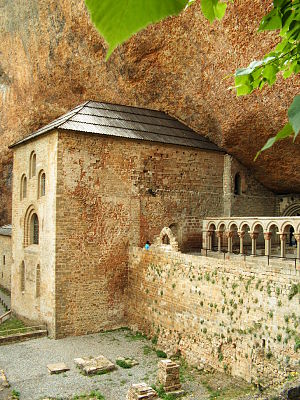
However, going on a pilgrimage in the Middle Ages was a quite ambitious and incredibly difficult journey. It required true dedication, physical and mental strength. Many of the pilgrims traveled on foot for more than 3,000 miles, never spending more than one night in a particular place.
A pilgrimage meant that pilgrims had to be prepared to spend an enormous amount of money and several years of their lives. Many of the pilgrims were forced to sell their land to the church to start the journey that would bring them spiritual salvation. Before leaving home, they had to pay all debts, make a will, apologize to everyone they offended in the past and make a vow in front of the priest to complete their journey.
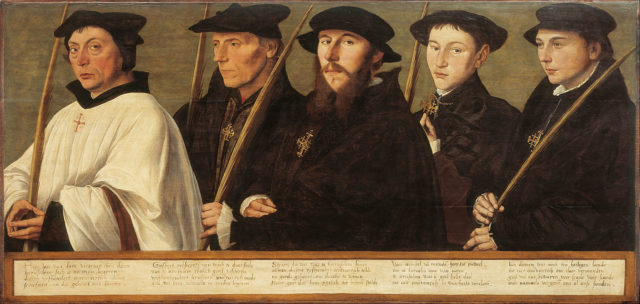
A pilgrimage entailed considerable danger, and many pilgrims never made it back. The paths of a very poor quality were the first problem a pilgrim in the Middle Ages might have faced since they were often poorly signposted and or, in many cases, weren’t signposted at all.
However, poorly signposted paths were just a tiny part of the dangers during the pilgrimages in the Middle Ages.
Robbers and bandits were one of the biggest threats and although attacking a pilgrim was considered a crime and the attackers faced harsh punishments, many pilgrims were attacked and robbed on their way to the holy place or shrine.
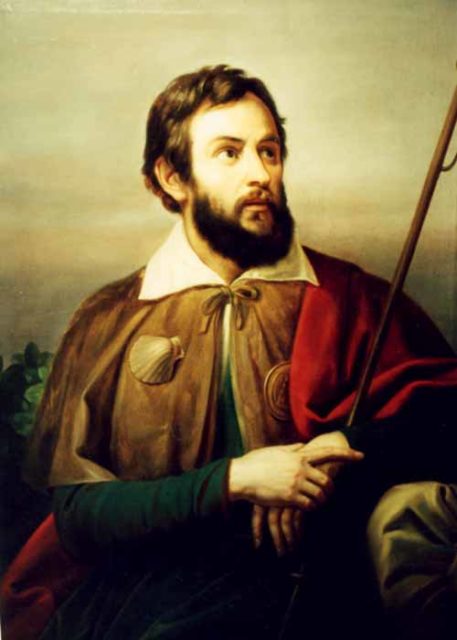
Wild animals, like wolves and boar, were another problem for pilgrims and the best solution for this issue was traveling in groups. Straggling behind their group made them easy prey for wild animals and outlaws as well. In many cases, the group itself was one of the dangers of pilgrimage in the Middle Ages, since many pilgrims were attacked and even killed by their companions.
The pilgrimage to the Holy Land was considered to be the most dangerous route. The Arab conquest of the Holy Land back in the 7th century didn’t interrupt the pilgrimage into Muslim-controlled lands since the Arabs were quite tolerant to pilgrims. However, when the Seljuk Turks took control of Jerusalem in 1071, after the Battle of Manzikert against the Byzantine Empire, pilgrimages became more challenging and dangerous.
There are numerous accounts of the cruelties and violence of the Turks toward the Christians.
The information that the Seljuk Turks massacred a group of 12,000 German pilgrims on Good Friday in 1065, led by Bishop Günther of Bamberg, catalyzed the call for the First Crusade and in 1095, at the Council of Clermont, Pope Urban II preached an armed pilgrimage to recover the lost Christian territory.

After the First Crusade recaptured Jerusalem in 1099, important knightly orders such as the Knights Templar, the Teutonic Knights, and the Hospitallers were formed and provided a safe passage for pilgrims.
During this period, the number of Christian pilgrims to Jerusalem increased. However, pilgrimages were once again restricted and threatened by the Ottoman Empire.
